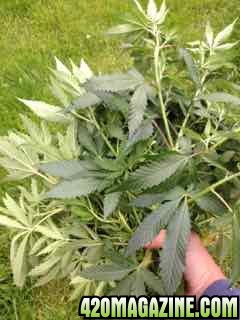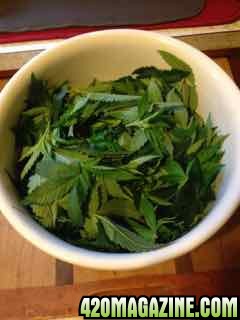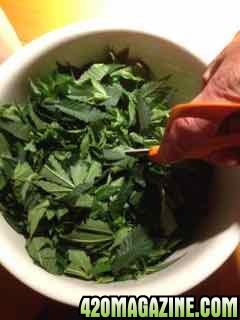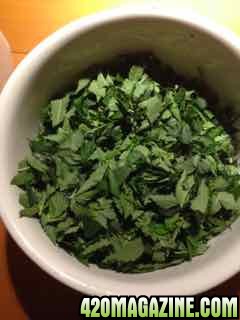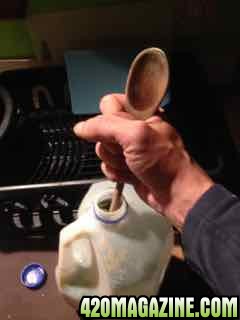Emilya Green
Well-Known Member
In this thread we are going to make 3 important extracts for our gardens, a rooting formula, a growth enhancer, and a flowering inducing supplement. We are going to do it for next to no money investment and from the most common weed in our yards. Since this is free to the savvy organic farmer, creating these supplements should save hundreds of dollars a year on commercial products that serve the same purpose in our gardens. The plant extracts will provide the growth hormones along with essential macro and micro nutrients that we just can't get with AACT alone.
The rules when looking for plants to use as sources for your extracts are few. You want a fast growing green plant, and one as similar to the plant you are trying to grow as you can. If you want the very best extract for tomatoes for example, your best source for exactly the right nutrients for your plants, would be other tomato plants! Well, we don't have to go that far and sow valuable cannabis seeds to come close to what we are growing, because we have one of the most prolific and fast growing weeds growing in a yard near you, the mighty dandelion!
Dandelions are so prolific as a matter of fact, that we are going to be able to use them to create 3 different extracts from a simple processing of the plants into separate fermentation areas specific to what we are trying to produce. For the rooting compound we are going to ferment the roots, for the flowering supplement we will ferment the flowers and stems, and for rapid growth we will ferment the fast growing leaves.
So, the first part of this project is going out to the yard with a bucket and harvesting a bunch of these yellow storehouses of goodness. If you have a hand trowel or one of those dandelion picker devices, that is perfect... just dig in about an inch below the plant and snap that big root.
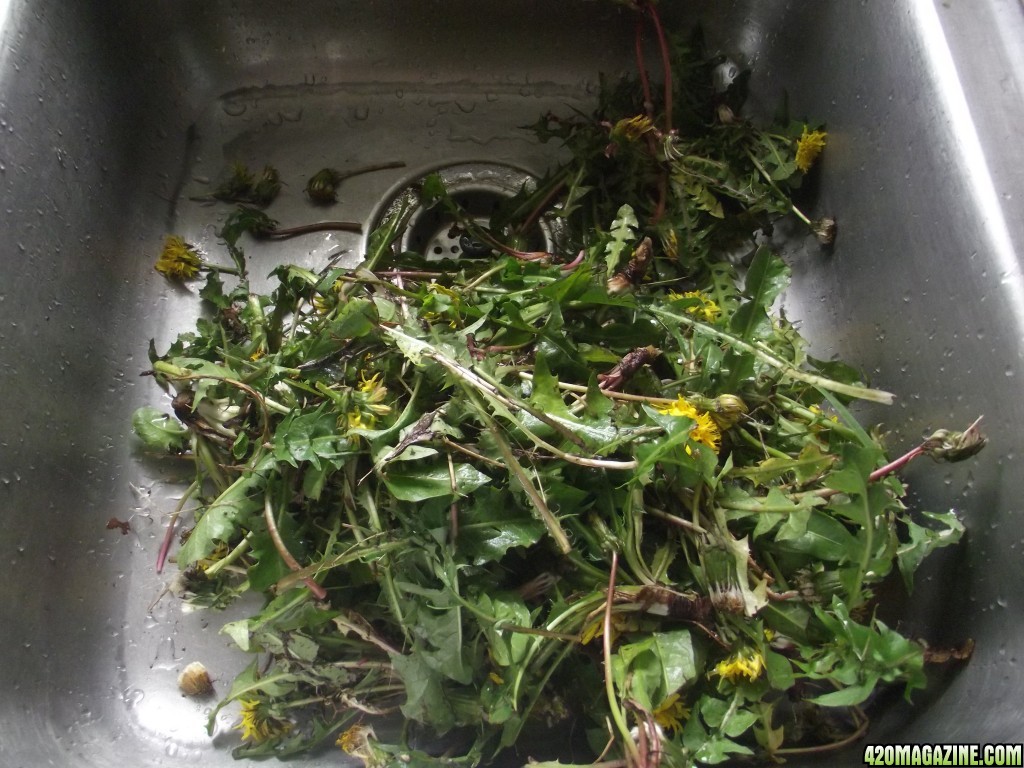
Once you have collected a bucketful, it is time to separate them into 3 piles. I have found the easiest way to do this is to use your kitchen scissors to cut the root off right above where the white roots merge into green plant stems. If you do this right, the root will fall into it's pile and then all of the flowers are also loose at this point. With your free hand pick out the flowers and put them in their own pile, and end up by chopping the remaining leaf matter into another pile or a pitcher as I did. You may also want to wash any soil that is clinging to the roots, but try to avoid washing the leaves... there are microbes on there that you want to try to preserve.
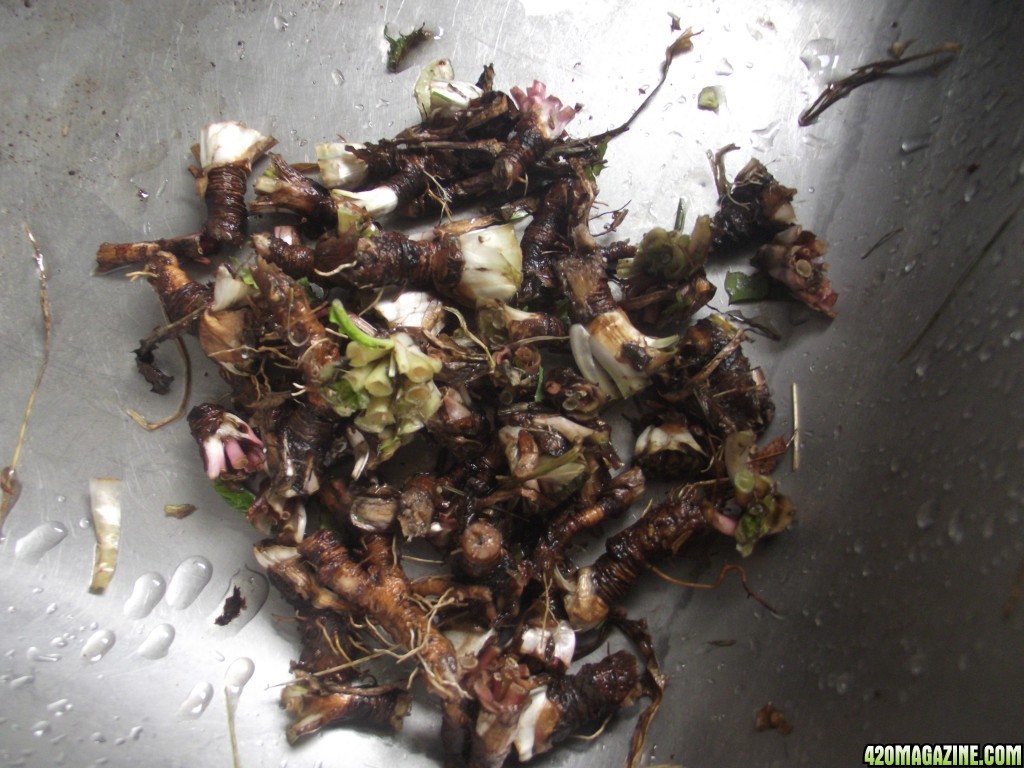
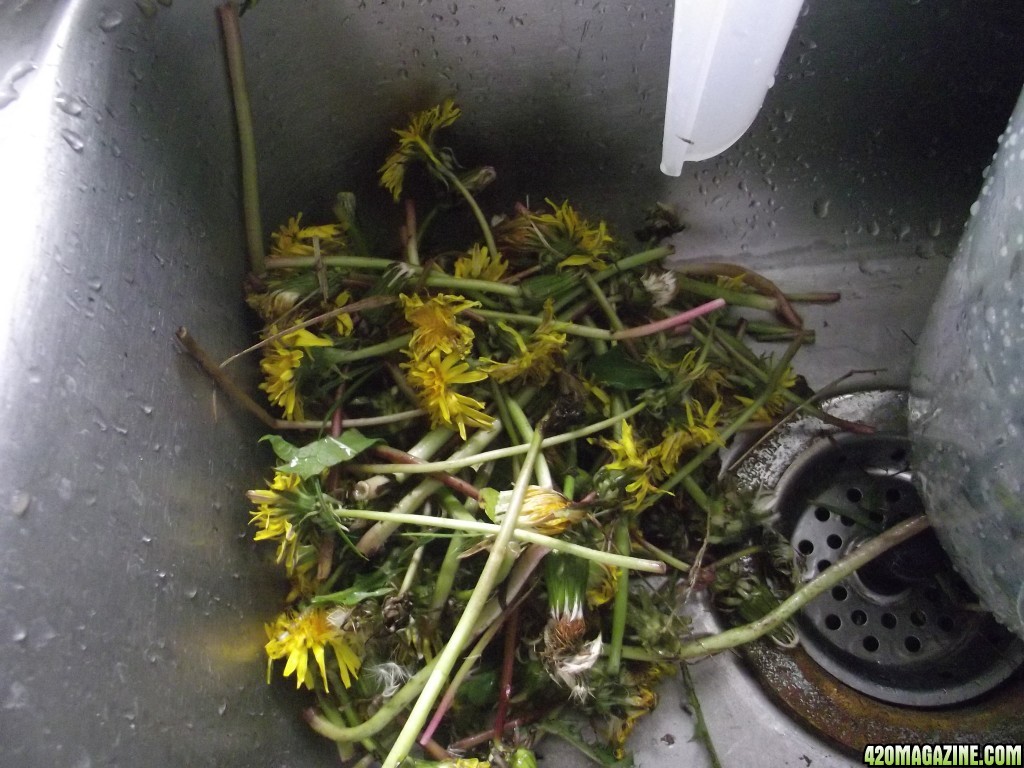
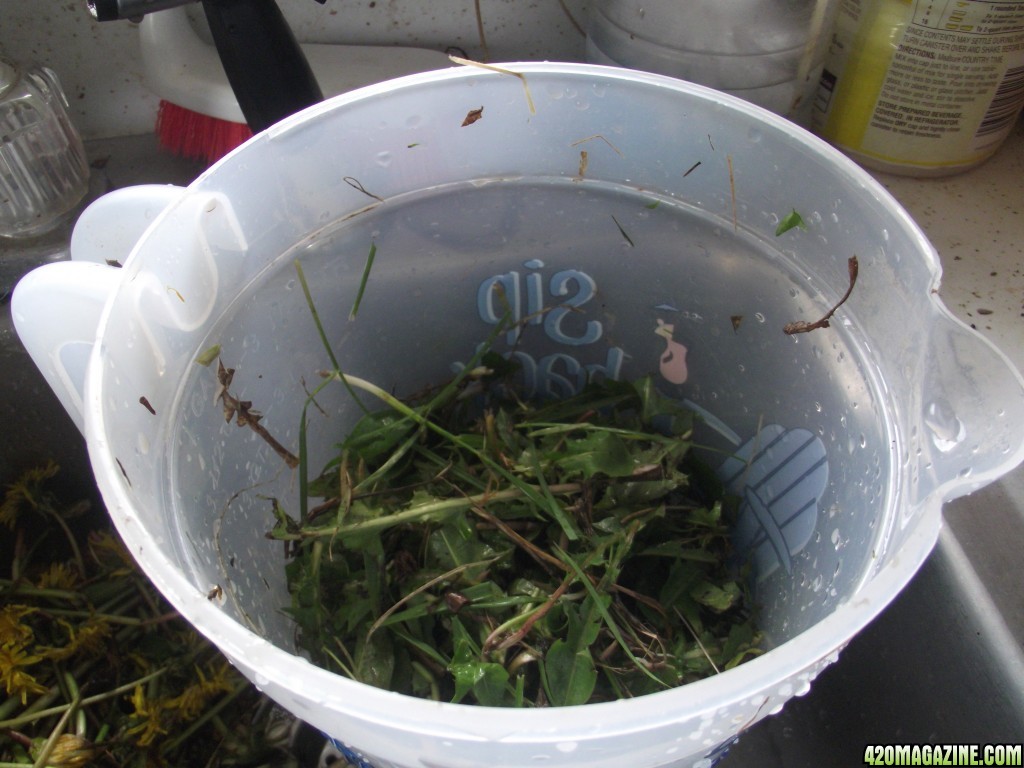
The rules when looking for plants to use as sources for your extracts are few. You want a fast growing green plant, and one as similar to the plant you are trying to grow as you can. If you want the very best extract for tomatoes for example, your best source for exactly the right nutrients for your plants, would be other tomato plants! Well, we don't have to go that far and sow valuable cannabis seeds to come close to what we are growing, because we have one of the most prolific and fast growing weeds growing in a yard near you, the mighty dandelion!
Dandelions are so prolific as a matter of fact, that we are going to be able to use them to create 3 different extracts from a simple processing of the plants into separate fermentation areas specific to what we are trying to produce. For the rooting compound we are going to ferment the roots, for the flowering supplement we will ferment the flowers and stems, and for rapid growth we will ferment the fast growing leaves.
So, the first part of this project is going out to the yard with a bucket and harvesting a bunch of these yellow storehouses of goodness. If you have a hand trowel or one of those dandelion picker devices, that is perfect... just dig in about an inch below the plant and snap that big root.
Once you have collected a bucketful, it is time to separate them into 3 piles. I have found the easiest way to do this is to use your kitchen scissors to cut the root off right above where the white roots merge into green plant stems. If you do this right, the root will fall into it's pile and then all of the flowers are also loose at this point. With your free hand pick out the flowers and put them in their own pile, and end up by chopping the remaining leaf matter into another pile or a pitcher as I did. You may also want to wash any soil that is clinging to the roots, but try to avoid washing the leaves... there are microbes on there that you want to try to preserve.




